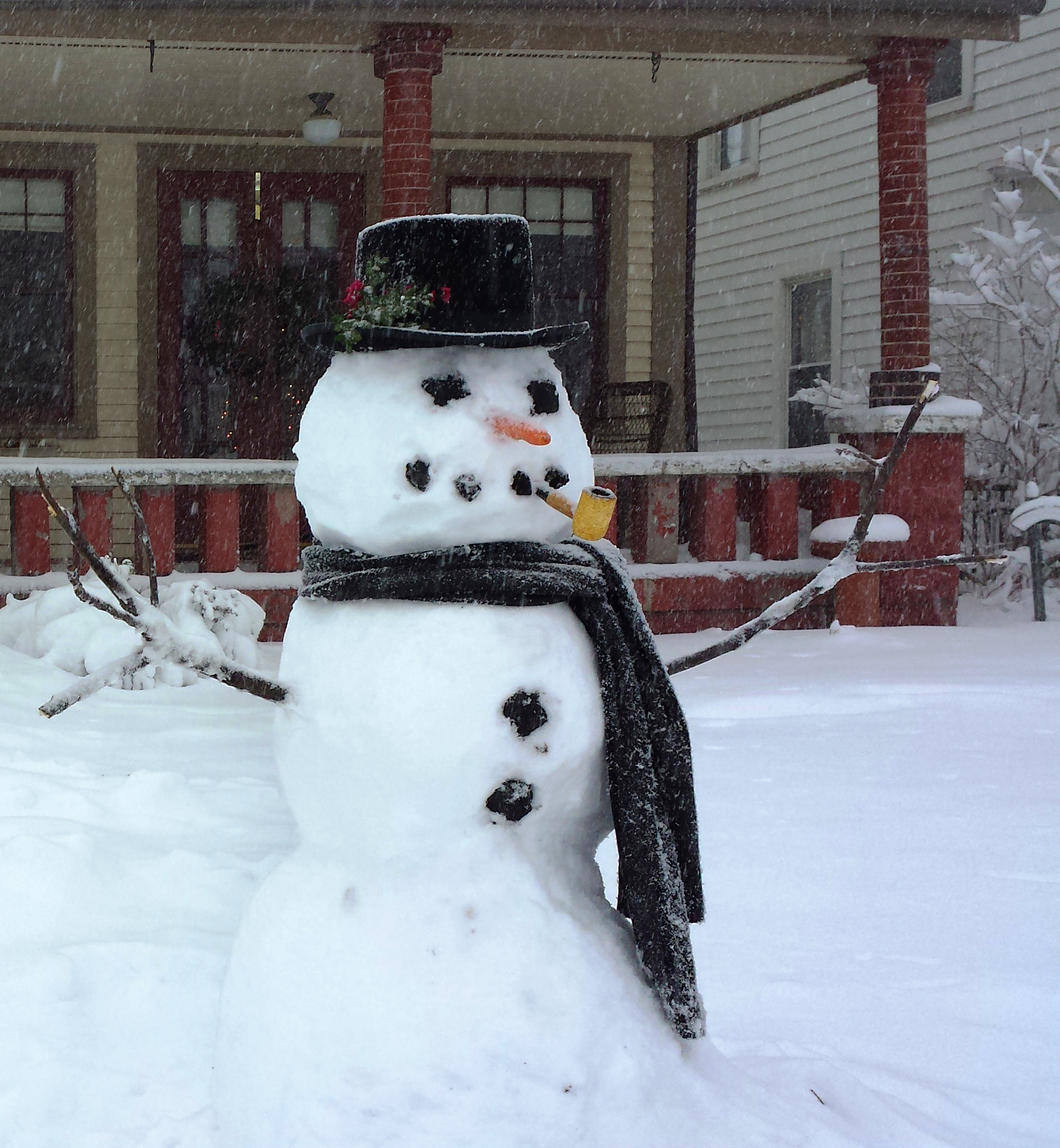|
Miscellaneous Symbols
Miscellaneous Symbols is a Unicode block (U+2600–U+26FF) containing glyphs representing concepts from a variety of categories: astrological, astronomical, chess, dice, musical notation, political symbols, recycling, religious symbols, Bagua, trigrams, warning signs, and weather, among others. Tables Compact table Definitions Emoji The Miscellaneous Symbols block contains 83 emoji: U+2600–U+2604, U+260E, U+2611, U+2614–U+2615, U+2618, U+261D, U+2620, U+2622–U+2623, U+2626, U+262A, U+262E–U+262F, U+2638–U+263A, U+2640, U+2642, U+2648–U+2653, U+265F–U+2660, U+2663, U+2665–U+2666, U+2668, U+267B, U+267E–U+267F, U+2692–U+2697, U+2699, U+269B–U+269C, U+26A0–U+26A1, U+26A7, U+26AA–U+26AB, U+26B0–U+26B1, U+26BD–U+26BE, U+26C4–U+26C5, U+26C8, U+26CE–U+26CF, U+26D1, U+26D3–U+26D4, U+26E9–U+26EA, U+26F0–U+26F5, U+26F7–U+26FA and U+26FD. The block has 164 Variant form (Unicode), standardized variants defined to specify emoji-style (U+FE0F VS1 ... [...More Info...] [...Related Items...] OR: [Wikipedia] [Google] [Baidu] |
Script (Unicode)
In Unicode, a script is a collection of Letter (alphabet), letters and other written signs used to represent textual information in one or more writing systems. Some scripts support one and only one writing system and Written language, language, for example, Armenian language, Armenian. Other scripts support many different writing systems; for example, the Latin script in Unicode, Latin script supports English alphabet, English, French alphabet, French, German alphabet, German, Italian alphabet, Italian, Vietnamese language, Vietnamese, Latin alphabet, Latin itself, and several other languages. Some languages make use of multiple alternate writing systems and thus also use several scripts; for example, in Turkish language, Turkish, the Ottoman Turkish alphabet, Arabic script was used before the 20th century but transitioned to Latin in the early part of the 20th century. For a list of languages supported by each script, see the list of languages by writing system. More or less co ... [...More Info...] [...Related Items...] OR: [Wikipedia] [Google] [Baidu] |
Snowman
A snowman is an anthropomorphic snow sculpture of a man often built in regions with sufficient snowfall and is a common winter tradition. In many places, typical snowmen consist of three large snowballs of different sizes with some additional accoutrements for facial and other features. Due to the sculptability of snow, there is also a wide variety of other styles. Common accessories include branches for arms and a smiley face made of stones, with a carrot used for a nose. Clothing, such as a hat or scarf, may be included. The low cost and common availability of materials mean snowmen are usually abandoned once completed. Construction Snow becomes most suitable for packing when it approaches its melting point and becomes moist and compact. Making a snowman of powdered snow is difficult since it will not stick to itself, and if the temperature of packing snow drops, it will form an unusable denser form of powdered snow called the crust. Thus, a good time to build a snowman may ... [...More Info...] [...Related Items...] OR: [Wikipedia] [Google] [Baidu] |
Beverage
A drink or beverage is a liquid intended for human consumption. In addition to their basic function of satisfying thirst, drinks play important roles in human culture. Common types of drinks include plain drinking water, milk, juice, smoothies and soft drinks. Traditionally warm beverages include coffee, tea, and hot chocolate. Caffeinated drinks that contain the stimulant caffeine have a long history. In addition, alcoholic drinks such as wine, beer, and liquor, which contain the drug ethanol, have been part of human culture for more than 8,000 years. Non-alcoholic drinks often signify drinks that would normally contain alcohol, such as beer, wine and cocktails, but are made with a sufficiently low concentration of alcohol by volume. The category includes drinks that have undergone an alcohol removal process such as non-alcoholic beers and de-alcoholized wines. Biology When the human body becomes dehydrated, a person experiences thirst. This craving of fluids results in an ... [...More Info...] [...Related Items...] OR: [Wikipedia] [Google] [Baidu] |
Saltire
A saltire, also called Saint Andrew's Cross or the crux decussata, is a heraldic symbol in the form of a diagonal cross, like the shape of the letter X in Roman type. The word comes from the Middle French ''sautoir'', Medieval Latin ''saltatoria'' (" stirrup"). From its use as field sign, the saltire came to be used in a number of flags, in the 16th century for Scotland and Burgundy, in the 18th century also as the ensign of the Russian Navy, and for Ireland. Notable 19th-century usage includes some of the flags of the Confederate States of America. It is also used in the flag of Jamaica and on seals, and as a heraldic charge in coats of arms. The term saltirewise or in saltire refers to heraldic charges arranged as a diagonal cross. The shield may also be divided per saltire, i.e. diagonally. A warning sign in the shape of a saltire is also used to indicate the point at which a railway line intersects a road at a level crossing. Heraldry and vexillology The saltire i ... [...More Info...] [...Related Items...] OR: [Wikipedia] [Google] [Baidu] |

